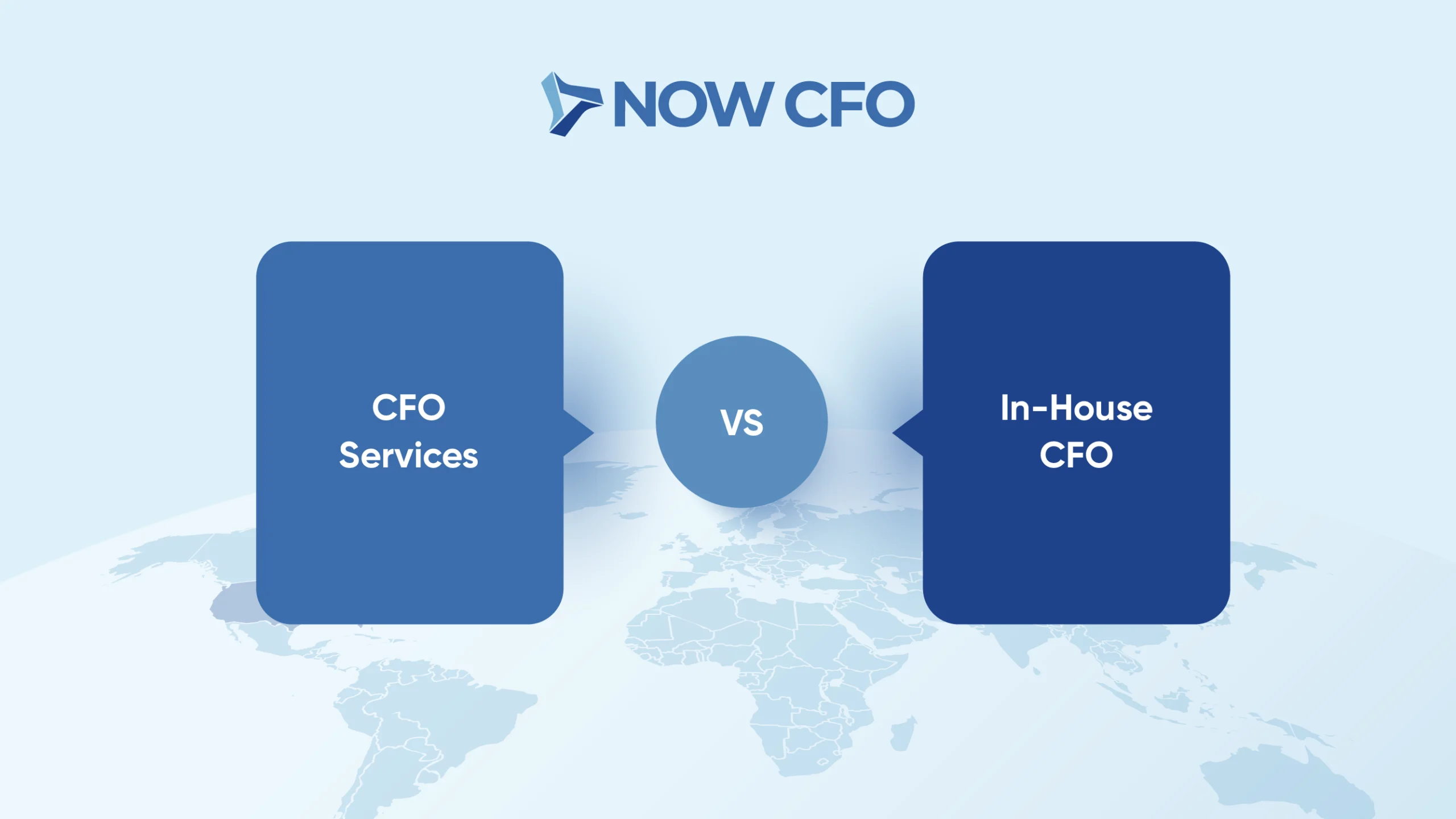
Measuring your company’s profits is a crucial routine process that’s necessary not only for reporting purposes, but for prudent decision-making. Keeping track of your profits will allow you to optimize your pricing models, know which products and services to focus on, prioritize functions of your business, and generally have a better grip on managing your business.
Often, business owners become too caught up in the day-to-day whirlwind of running a business that they lose track of their company’s finances or have an incorrect idea of their profitability. Though you may have a bookkeeper or staff accountant in place to manage the books, you may not be receiving timely financial data needed to understand how your business is generating profits. Regardless, your profitability should be an integral part of your decision-making process. Here, we’ll outline best practices for better measuring and keeping track of your business’ profitability.
Calculate Your Break-Even Point
The break-even point is the level of revenue you need to reach to cover all of your expenses. Though your break-even point alone isn’t a measure of profitability, it gives you a baseline that lets you know the minimum needed to then begin making profits. Conducting a break-even analysis brings more awareness to all of the expenses and operating costs of your business, and can even allow you to find opportunities to cut unnecessary expenses, leaving more room for profit. This is a good starting point to have when bringing more visibility to the finances and performance of your business.
Review Your Expenses
Measuring your profits is more than just determining your overall margins. You should also understand the profitability of individual product lines, services, departments, and distribution channels. To do so, you’ll need to create a detailed breakdown of your costs and revenues by separating out variable and fixed costs for each component.
Few business owners know these details, which is why breaking down the profitability of each area of the business can be eye-opening. Knowing the profitability will allow you to focus on the highest margin products or services, as well as to disengage from areas of lower margin. Similarly, you can better adjust your pricing models and understand if overhead costs are reasonable.
Calculate Profitability Ratios
The best way to determine whether your business is profitable is to calculate profitability ratios. Before you can calculate the ratio, however, you first need to determine your gross profit, operating profit, and net profit, all of which can be done by looking at the income statement. From there, you can calculate the following:
- Gross profit margin ratio, which is the gross profit divided by sales times 100. If this number is high, it means that you keep high profits relative to the cost of your product. This ratio ideally should remain relatively stable.
- Operating profit margin ratio, which is the operating income divided by sales times 100. This ratio highlights how efficiently your business runs and shows your ability to convert sales into pre-tax profits.
- Net profit margin ratio, which is net income divided by sales times 100. This provides a big-picture view of your profitability, and accounts for earnings after taxes, showing the profit you can extract from your total sales.
Prioritize Timely, Detailed Financial Reports
At the end of the day, you cannot confidently make organizational decisions or have full visibility into the profitability of your business without a foundation of data and reports to rely on. Financial reports should be generated on a weekly, monthly, and quarterly basis, depending on their importance. For example, short-term financial activities can be monitored in a weekly report, whereas your books may only need to be closed monthly, or your budget updated quarterly.
Financial reports should include:
- The income statement, also known as the P&L, which shows expenses, revenues, profits, and losses during the reporting period.
- The statement of cash flows, which shows the cash inflows and outflows within the reporting period. This is useful when compared to the income statement if the amount of profit or loss doesn’t reflect the cash flows.
- The balance sheet, which shows assets, liabilities, and equity of the company at a given point of time.
- The statement of retained earnings, which shows changes in equity within the reporting period.
With this in mind, consider what details would be most helpful to you in running your business. If your business is financially caught up, generating specific reports is relatively simple. If your business is behind, however, you may want to consider bringing in an outsourced accountant to help you catch up, break down your numbers, and implement better reporting. An outsourced accountant can work on a fractional basis, which saves on hiring costs, and can focus on the areas of greatest impact for your business. Financial reporting is a continual process that improves over time, and as you prioritize your reporting, you can gain a strong understanding of how profitable your business is.














